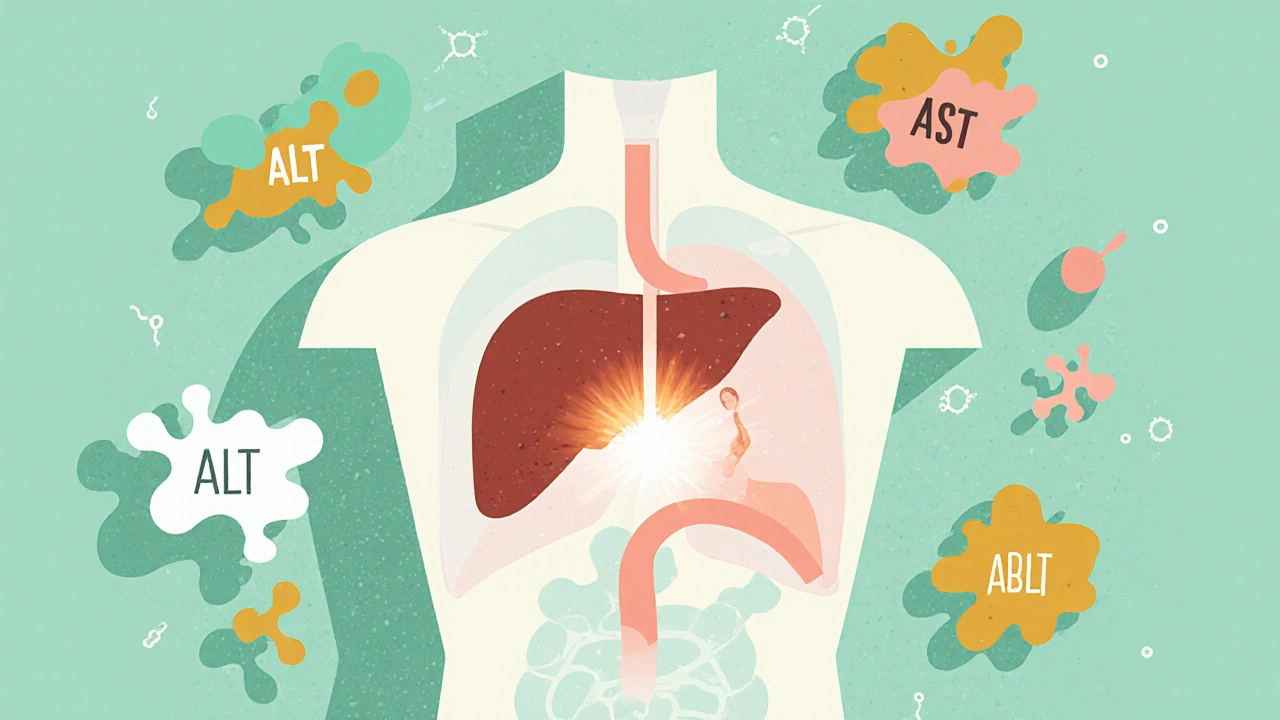Bilirubin: What It Is, Why It Matters, and What Your Levels Mean
When your body breaks down old red blood cells, it produces bilirubin, a yellow-orange pigment formed from the breakdown of heme in hemoglobin. Also known as bile pigment, it’s a natural byproduct that your liver processes and removes through bile. If bilirubin builds up, your skin or eyes might turn yellow—that’s jaundice, and it’s your body’s way of saying something’s off.
High bilirubin doesn’t always mean liver disease. It can come from faster red blood cell breakdown, blocked bile ducts, or even just a genetic quirk like Gilbert’s syndrome, which affects up to 10% of people and causes harmless spikes after fasting or stress. On the flip side, low bilirubin is rarely a concern unless it’s tied to severe liver damage or certain medications. What matters most is the pattern: is it direct (conjugated) or indirect (unconjugated)? Direct bilirubin points to liver or bile flow issues, while indirect suggests red blood cell turnover or processing problems. Your doctor looks at both to figure out what’s really going on.
Bilirubin testing is one of the most common blood tests in medicine, often included in routine panels or when someone shows signs of fatigue, dark urine, or pale stools. It’s not just for adults—newborns often get checked because their livers aren’t fully mature yet, and mild jaundice is normal in the first few days. But in adults, sudden changes in bilirubin levels can signal hepatitis, gallstones, cirrhosis, or even certain cancers. The good news? Many causes are treatable if caught early. That’s why understanding what your numbers mean can help you ask the right questions and catch problems before they escalate.
The posts below cover real-world situations where bilirubin plays a role—whether it’s how heat affects drug metabolism, how liver health connects to autoimmune flares, or why certain medications might push bilirubin levels up. You’ll find clear explanations on what to watch for, what tests matter, and how to talk to your doctor about results that might seem confusing at first glance.

Liver Function Tests Explained: ALT, AST, Bilirubin, and What They Really Mean
Understand what ALT, AST, and bilirubin levels mean in liver function tests. Learn how patterns, not single numbers, reveal liver damage, fatty liver, alcohol injury, or bile blockage.
